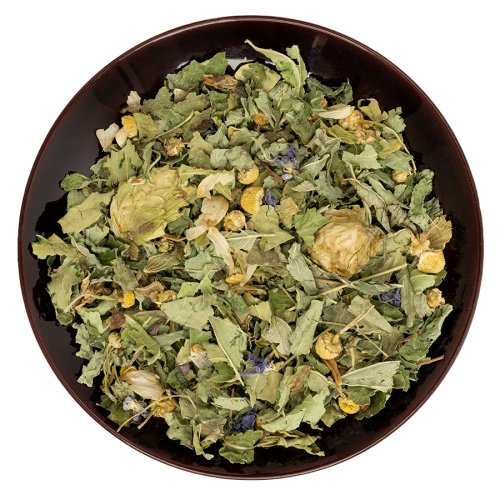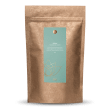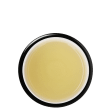Lemon Balm
Melissa officinalis is a southern European plant. Like many herbs from the south, it was first cultivated in monastery gardens and then gradually spread throughout Europe. The perennial plant sprouts in March and can grow up to 70cm tall by July and is clearly recognisable by its scent. Due to its many uses, however, it was cultivated early on throughout Europe as a popular aromatic herb. In the Middle Ages, it was cultivated in every monastery garden because it was considered particularly valuable.
St John's Wort
Our high-grade St. John's wort comes from Mount Olympus – famed in Greek mythology as the home of the gods – grown in wild meadows directly on the mountain slopes, using knowledge that has been passed down through generations of farmers.
Chamomile
Chamomile (Matricaria chamomilla L.) is one of the best-known European herbs and has been an integral part of European herbalism for centuries. Chamomile has conquered the entire planet alongside humankind, reaching as far as to the African continent. Chamomile flowers contain a valuable combination of diverse botanicals, which are used in manifold ways.
Passionflower
The passionflower (Passiflora incarnata), native to Central and South America made its way from the Suptropics to the colder parts of Europe, arriving here as an ornamental plant. Its five stigmas are venerated in the Christian faith as the five wounds of Christ. While the indigenous tribes of the Americas mainly used the roots, the Europeans discovered the herb's calming effects.
Tulsi
Tulsi (Ocimum tenuiflorum) is also called Indian basil, belongs to the same plant genus and is a member of the labiate family. It is native to tropical and subtropical Asia. Many locate the origin of the plant specifically in India, in whose culture the plant has always enjoyed a particularly high esteem. Also and especially in the Indian healing art Ayurveda, the Tulsi is present and is often administered as its own tea or in various mixtures such as with ginger. Tulsi is known for its highly aromatic, tartly sweet and slightly peppery taste.
Verbena
Lemon verbena (Aloysia citrodora), also known as lemon beebrush, is indigenous to Argentina, Uruguay and Chile. During the 18th century, it was introduced to Europe, where it was scientifically classified as a distinct species for the first time. The perennial plant thrives in nutrient-rich, water-permeable sandy soil with ample sunlight, preferring sheltered locations. In spring, new stems emerge from the roots, followed by the elongated leaves appearing from May onwards, arranged in threes in a whorled fashion. When fully grown, these leaves exude a delightful lemon fragrance. Come August, small white flowers adorned with four tiny petals grace the plant.
Elecampane
Elecampane (Inula helenium L.) is a striking plant with vibrant yellow flowers. While it originates in Anatolia, today it is successfully cultivated in Spain, the Netherlands and the Balkans. Throughout history, the aromatic root of elecampane has found versatile uses in the culinary world and as an incense.
Hops
The hop (Humulus lupulus) is native to eastern Europe and western Asia. It requires nutrient-rich deep soils and wind-protected locations to thrive, and is typically found on the edges of woods and on fences and hedges, up to 1000m above sea level. It belongs to the Cannabinoid family and its properties are deeply rooted in the inviolable brewing laws of beer. Hops have been used as a medicinal herb since Hildegard von Bingen's time.
Valerian
Valerian (Valeriana officinale) can be found in almost all of Europe. It grows on the banks of streams and ditches, marshes and at the edges of forests. It is a perennial that reemerges in the spring. With its rich plant substances, it has been used in many ways since ancient times. This is also reflected in its name: "valere" in Latins means "to be healthy".
Violet Blossom
The wild pansy (Viola tricolor) can be found in many places from flowerbeds to roadsides. Widespread in most parts of Europe, it is only absent in the northern- and southernmost parts of this continent. It is an annual and grows to a height of about twenty centimetres. It prefers meadows, roadsides and fallow land, and flowers from May to September. Since ancient times, this little sister of the violet has been enshrined in plant lore and many legends have grown up around it.












